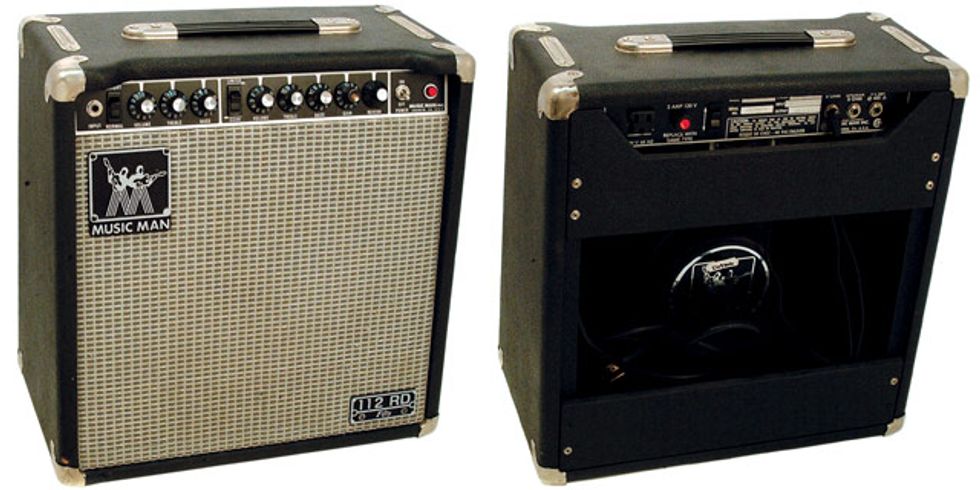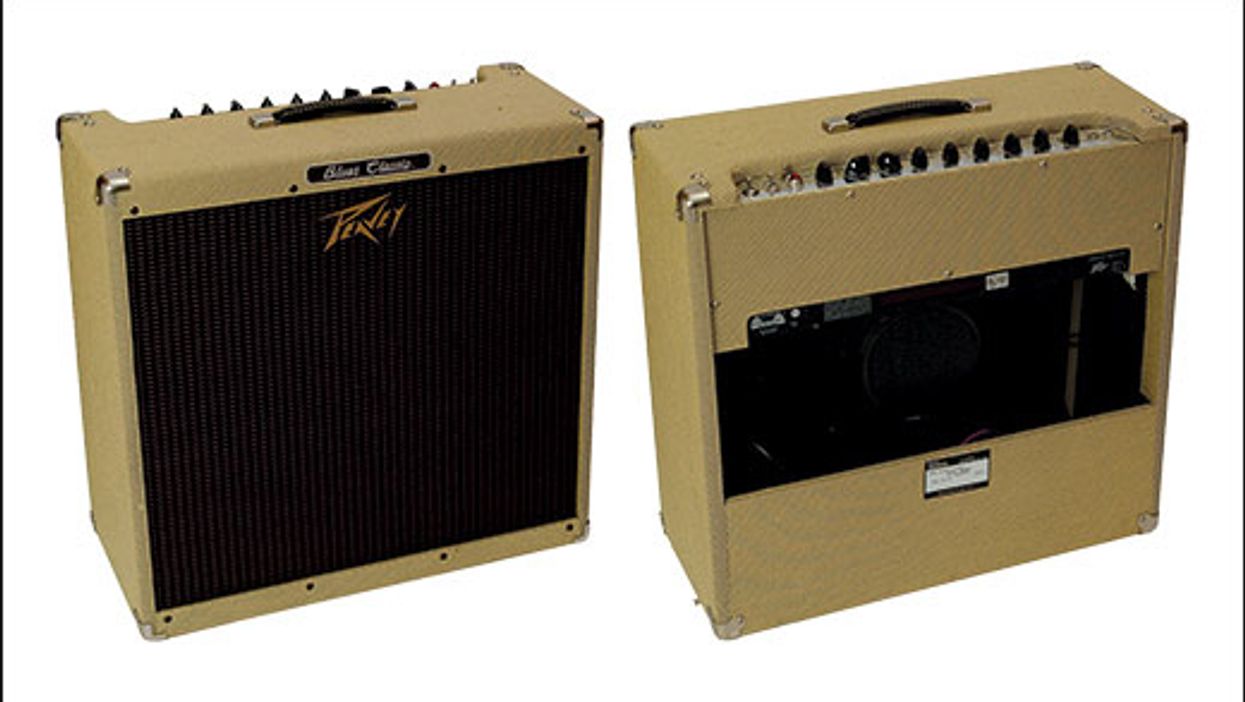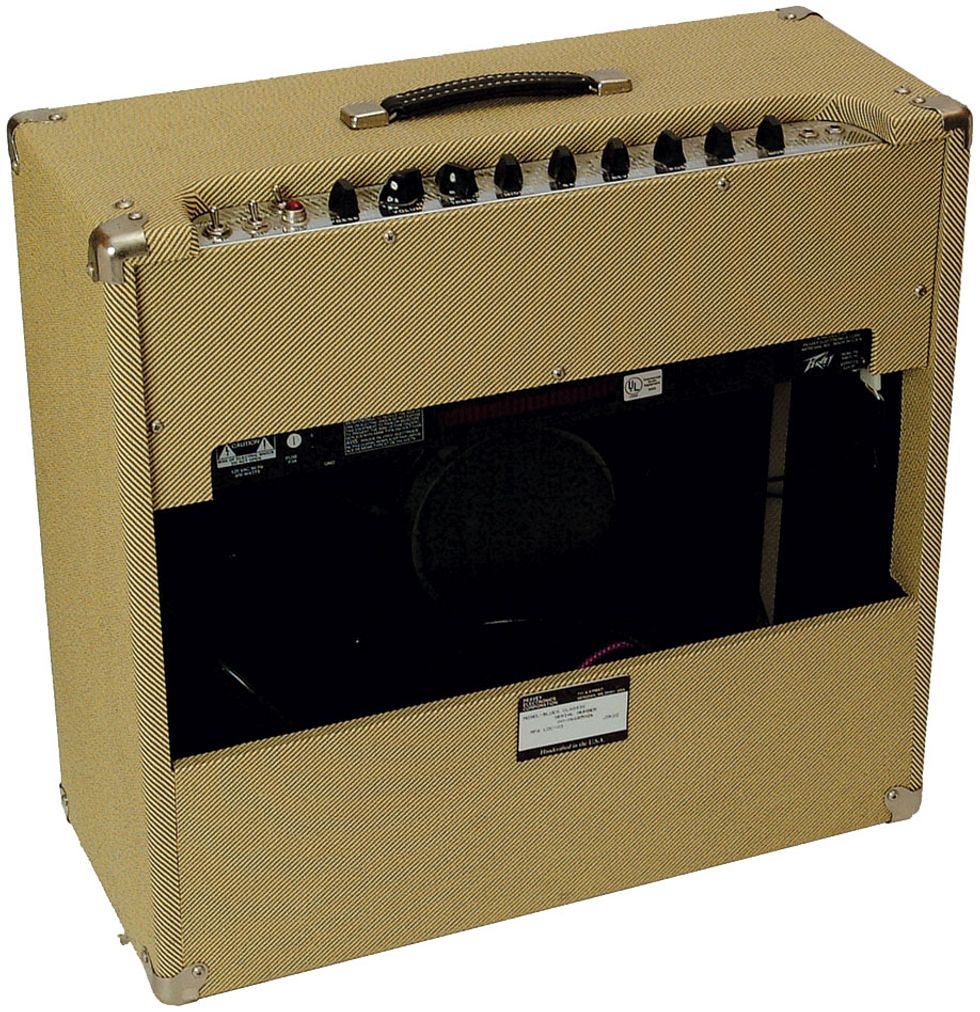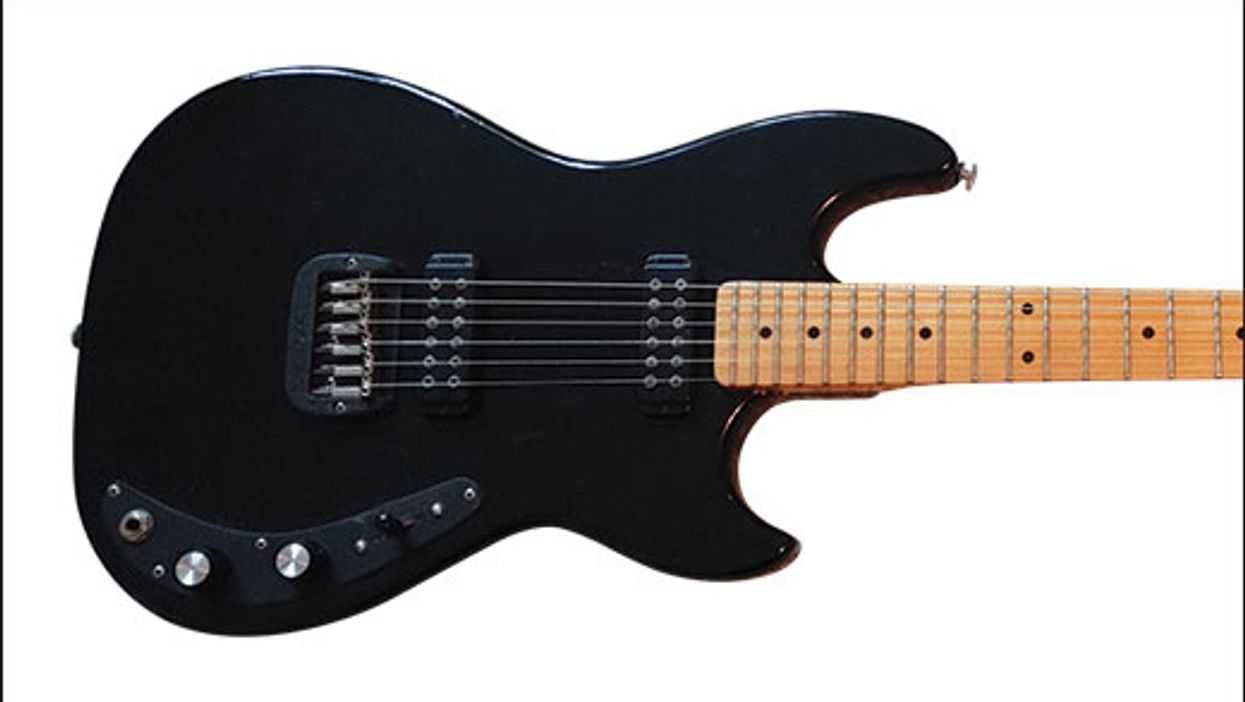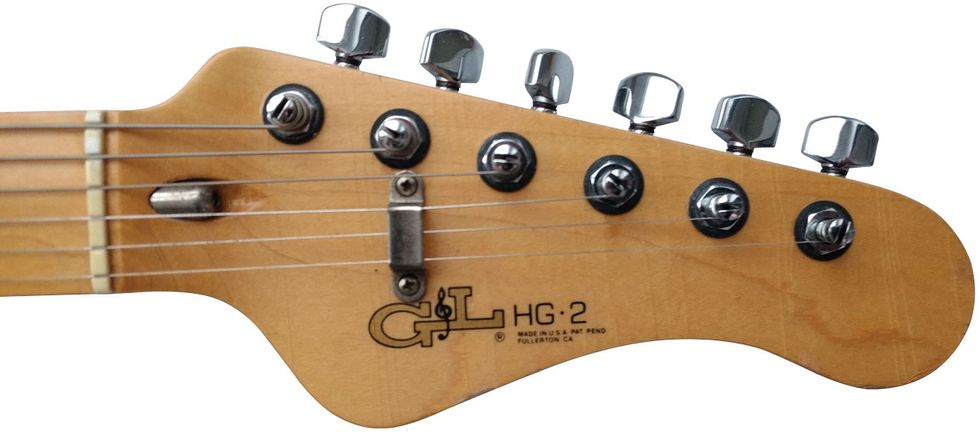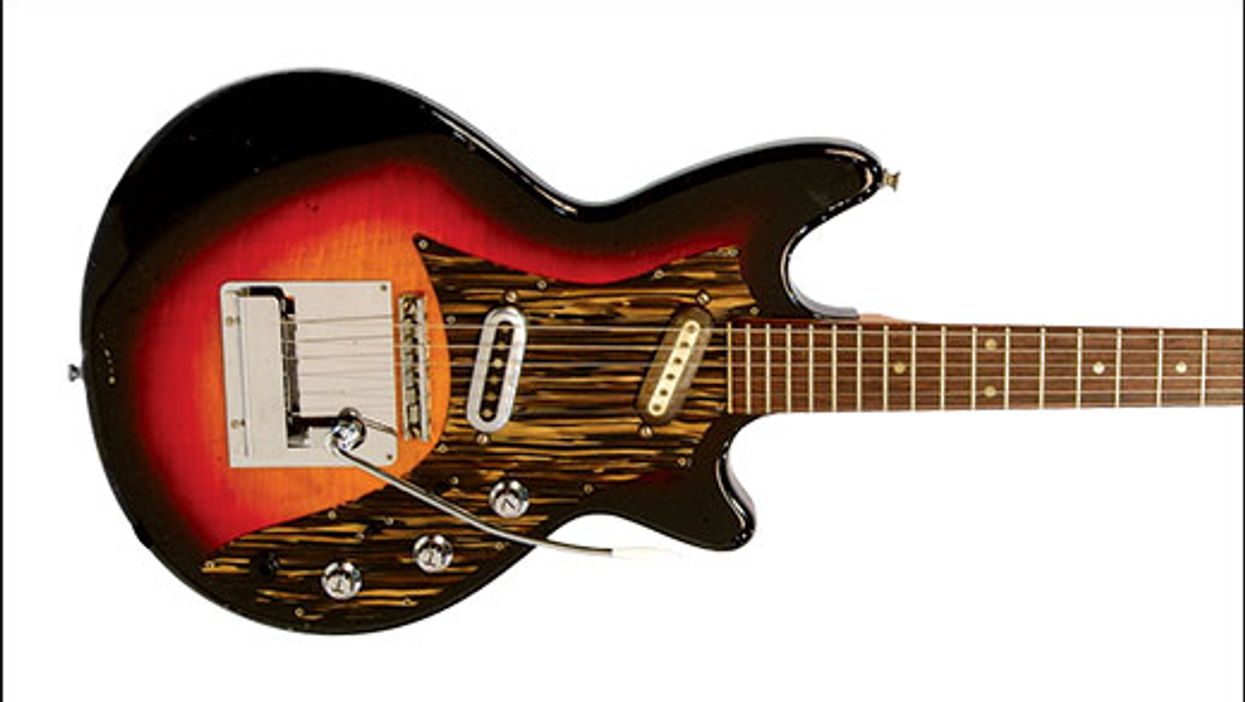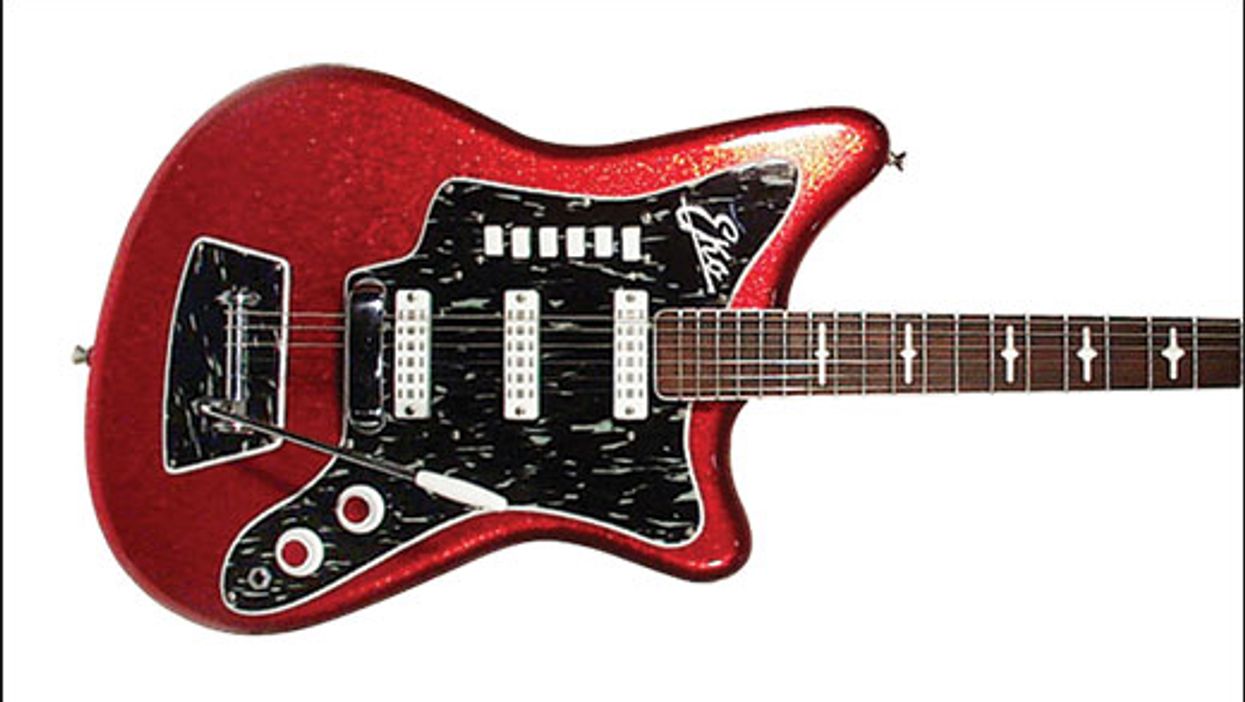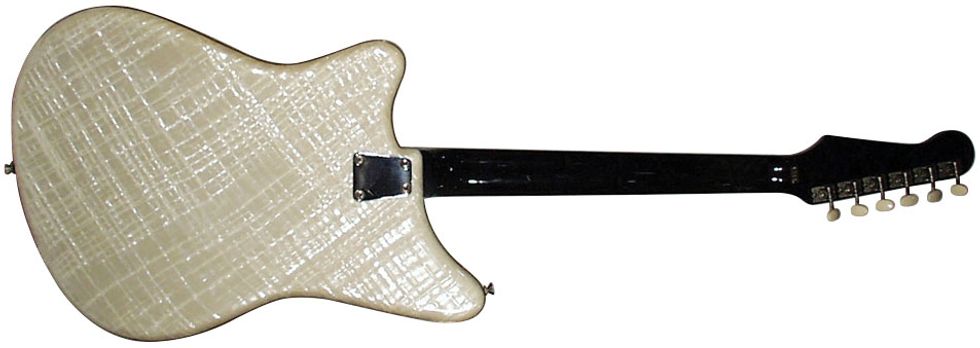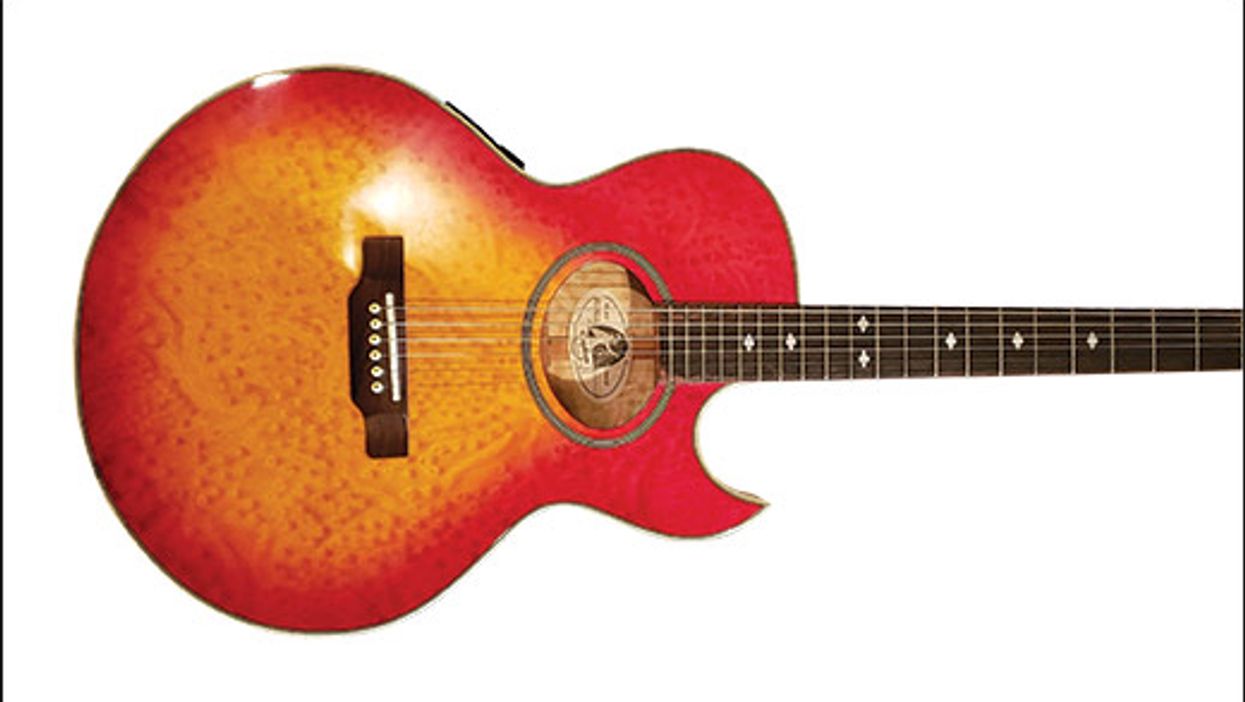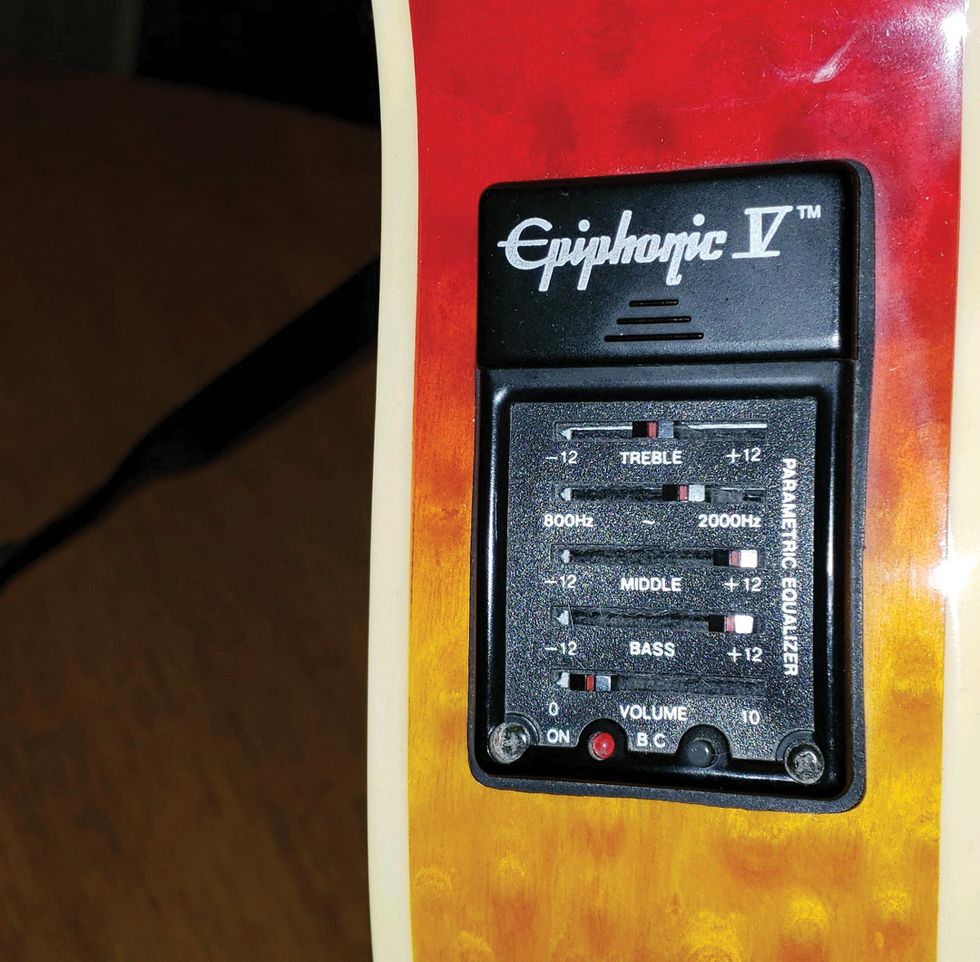LEFT: The 112RD-50 combo from Music Man is one of a number of amplifiers the company manufactured
until ceasing amp production in 1983. RIGHT: This 2-channel 112RD-50 houses a 12" speaker, a
7025 preamp tube, and a pair of 6L6 power tubes.
Hey Zach,
I have an old Music Man amp and I’ve always wondered about the connection between Music Man and Fender amps. They look similar and I heard that they are really Leo Fender amplifiers. Can you give me a little history about this amp and tell me what it’s worth today?
Thanks!
Carl in Phoenix, Arizona
Hi Carl,
There are many ties between Fender and
Music Man, but the story isn’t as clear-cut
as Leo Fender simply building Music Man
amps. Let’s briefly touch on the history of
Music Man.
As we all know, Leo Fender sold Fender to CBS in 1965. As part of the deal, there was a clause that he would not be involved in the music industry for 10 years (though he did consult with Fender for a few years after the sale). In 1972, ex-Fender vice president Forrest White and ex-Fender sales representative Tom Walker formed a new guitar and amplifier company. Leo Fender served as a silent partner, which complied with his non-compete clause. The company was initially called Tri-Sonics, Inc., changed to Musitek, Inc. in 1973, and then finally settled on Music Man in 1974.
Leo had another business called CLF (Clarence Leo Fender) Research that produced guitars and basses for Music Man. And just a few miles down the road, Tom Walker and his crew built the amplifiers at the Music Man factory. These were essentially two different entities—Leo really didn’t have anything to do with amp production or design. Music Man thrived during the mid- to late-1970s by building some of the most innovative amplifiers of the day. These hybrid combos and heads employed both tube and solid-state components.
Unfortunately, the good times were short-lived for Music Man. Quality control problems with the guitars and basses produced by CLF cost Music Man dearly. Communication and relationships also became strained between the three founders of Music Man (it was no secret that Forrest White and Tom Walker did not see eye-to-eye). White was essentially ousted from management, and Walker couldn’t get CLF Research to improve the quality of their guitars.
In 1981, Leo Fender and George Fullerton founded G&L Guitars, which were also produced by CLF Research. Leo was essentially building the same guitars for competing companies! Priority was naturally given to G&L guitars, and the downward spiral of Music Man had begun.
At the time, Music Man produced a variety of amps, with their 50-watt series being the smallest, growing to 75, 100, 130, and 150 watts as the largest. Their offerings included combos, heads, speaker cabinets, and a line of bass amplifiers. After ceasing amp production at the end of 1983, Ernie Ball (a good friend of Tom Walker) bought Music Man in the spring of 1984. And though they have been producing guitars ever since, Music Man amplifiers have been mothballed up to this point.
As stated before, Music Man amps used a hybrid chassis, producing one of the first amps to incorporate both technologies. The preamps either combined one preamp tube (usually a 7025) with solid-state components, or were entirely solid-state. The power-amp section sported either 6L6s or the seldom-used 6CA7. Because the company designed their amps to operate tubes at a lower temperature to prolong life, that may explain the use of the 6CA7.
Based on their features, Music Man amps were very practically named. The model name provided the size and number of speakers, the type of chassis/features, and the power output—all fitting on the speaker grille! The 112RD-50 model name of your amp indicates that it has a single 12" speaker, a reverb/distortion chassis, and 50 watts of output power. It features the hybrid-tube chassis with a single 7025 preamp tube and two 6L6 power tubes, two channels (each with independent volume, tone, and bass controls), and gain and reverb controls on channel 2. Channel 1 also has a bright switch, while channel 2 boasts a limiter switch. Today, your 112RD-50 is worth between $550 and $650 in excellent condition.
Music Man amps were highly regarded when they were released and they continue to be a popular, yet cost-effective choice for vintage guitar amplifiers.
 Zachary R. Fjestad
is author of Blue Book of
Acoustic Guitars, Blue Book
of Electric Guitars, and Blue
Book of Guitar Amplifiers.
For more information, visit
bluebookinc.com or email
Zach at guitars@bluebookinc.com.
Zachary R. Fjestad
is author of Blue Book of
Acoustic Guitars, Blue Book
of Electric Guitars, and Blue
Book of Guitar Amplifiers.
For more information, visit
bluebookinc.com or email
Zach at guitars@bluebookinc.com.

